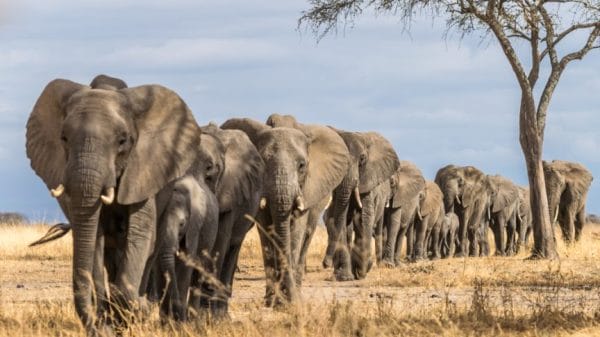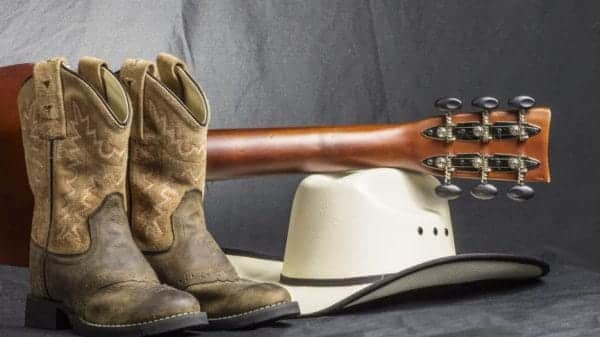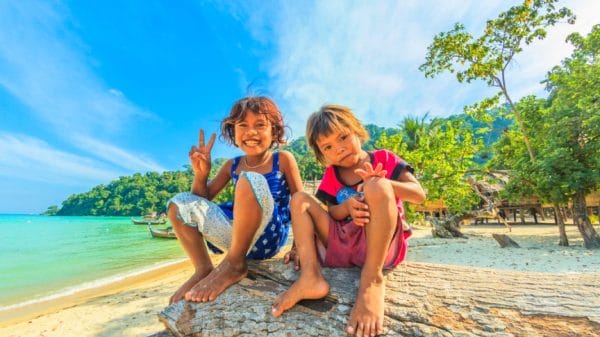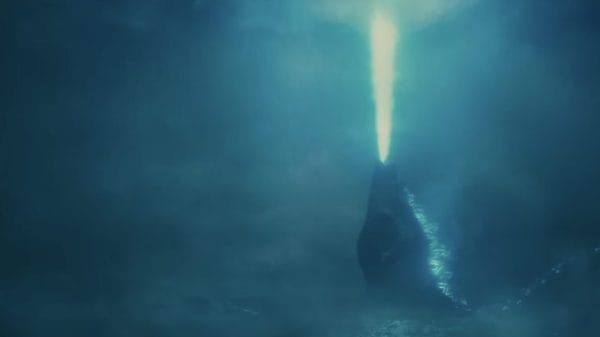There has been many stories and what ifs about being stranded on an island. What if you found out there was a real story about someone being stranded on an island?
There were six boys that were stranded on an island for 15 months. What happened you may ask, let’s talk about it.
Six boys from Tonga’s St. Andrew’s Angelican boarding school stole a boat attempting to run away in June 1965. Their names were Luke Veikoso, “Stephen” Tevita Fatai Latu, Sione Fataua, “David” Tevita Siolaʻa, Kolo Fekitoa, and “Mano” Sione Filipe Totau.
They tried to sail to New Zealand for a better life. On their first night at sea a storm derailed their journey.
Setting them adrift for eight days until they reached a deserted South Pacific island called Ata. The six teenagers aged 13 to 18, made a pact to live on the island like they had been raised across their small family islands of Tonga.
The island wasn’t kind to the boys. They had cuts and bruises from landing ashore and they had also been starving for eight days when they were stuck at sea. They began to catch sea birds and drink their blood for hydration.
After three months, the boys discovered old knives which they used to open coconuts to drink their milk. Which gave them the strength to survive on Ata island.
After several failed attempts to light fires they were finally able to light fires to cook food. The boys were able to cook wild-caught fish and game rather than eating them raw.
Using knowledge from their fathers they were able to tap into a variety of trees that stored water in their trunks, which was a reliable source of water for them.
They were able to make a house out of tree branches and palm fronds. After six months the island began to feel like home for the boys. Then something bad happened.
One of the boys was climbing a cliff face on a hunt for sea birds and slipped and fell 40 feet breaking his leg. With the help of his friends the boy’s leg was able to heal.
After the boy was healed they built a raft for an attempted getaway but it was destroyed on rocks when they set out to open sea. The boys had been gone so long that their families had held funerals back at each of their Tongan island.
After 15 months of posting round-the-clock lookouts for passing ships, the appointed watchman had yelled out ”boat coming”. Which was a small traveler named Peter Warner of Sidney Australia, whose crew heard the boys yelling from a clifftop.
The boys swam to the boat for rescue. The boys were returned to Tonga where they were briefly arrested for stealing the boat but later released to their relieved and tearful families.
Warner had paid for the cost and damages of the boat which was $203 USD, in return for the charges to be dropped against the boys. For three days and nights the islanders celebrated the castaways and their rescuers.
Warner even arranged for Channel 7 news in Sidney to film the boys story. The Channel 7 crew with Warner and the boys were able to sail back to Ata island to film and reenact their time of the island. Only one copy of the 1966 documentary survives today; it is available on YouTube.
This true story happening to be an amazing human survival story is also similar to a a story written by William Golding called Lord of the flies.
William’s story is actually very similar to the actual story of the Tonga boy’s except for when arriving to the island the boys turned on each other in the story. There has been many other stories written about the boys and even films made.
In 2015, a Spanish explorer Alvaro Cerezo spent 10 days on Ata island with one of the castaways Kolo Fekitoa who was in his mid-60s by then. The two men lived there and survived on coconuts, fish, and seabirds, exactly as the boys did back in 1965.
In summer 2020, Cerezo released a documentary of his experience with Kolo and a book detailing the 15-month ordeal of the castaways.
In 2020, historian Rugter Bregman wrote a book about the castaways civilized experiences called The Humankind: A Hopeful History.















Thomas Kennedy
March 5, 2024 at 5:32 pm
Remarkable story whilst browsing: I came across this: thanks.